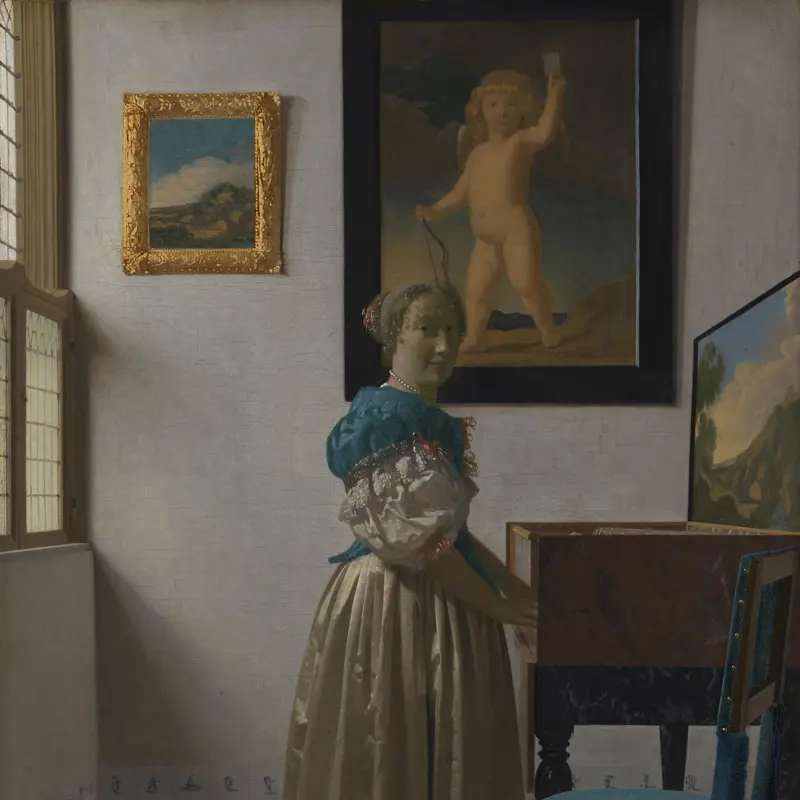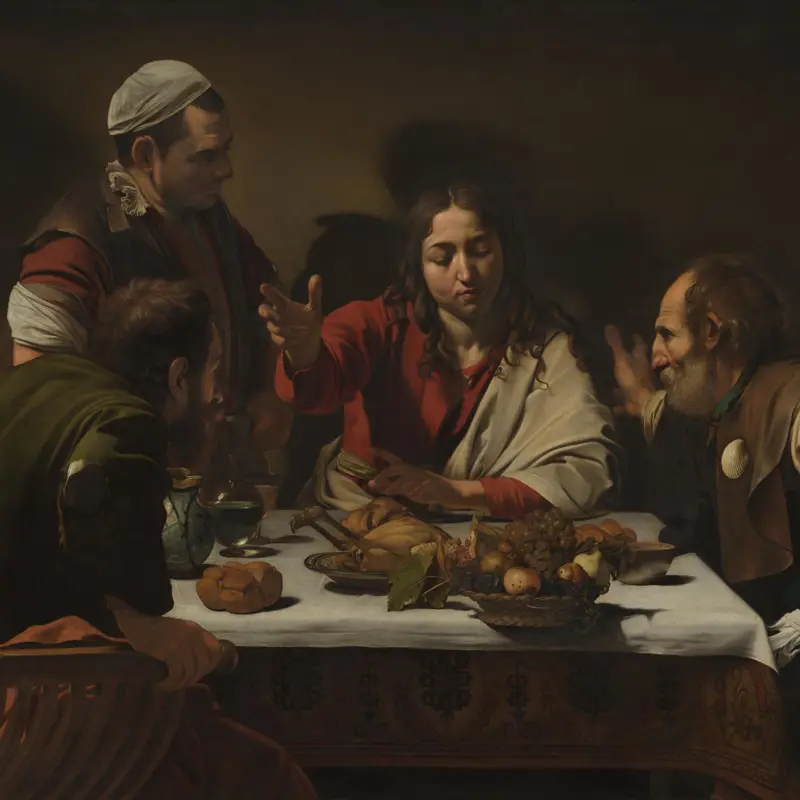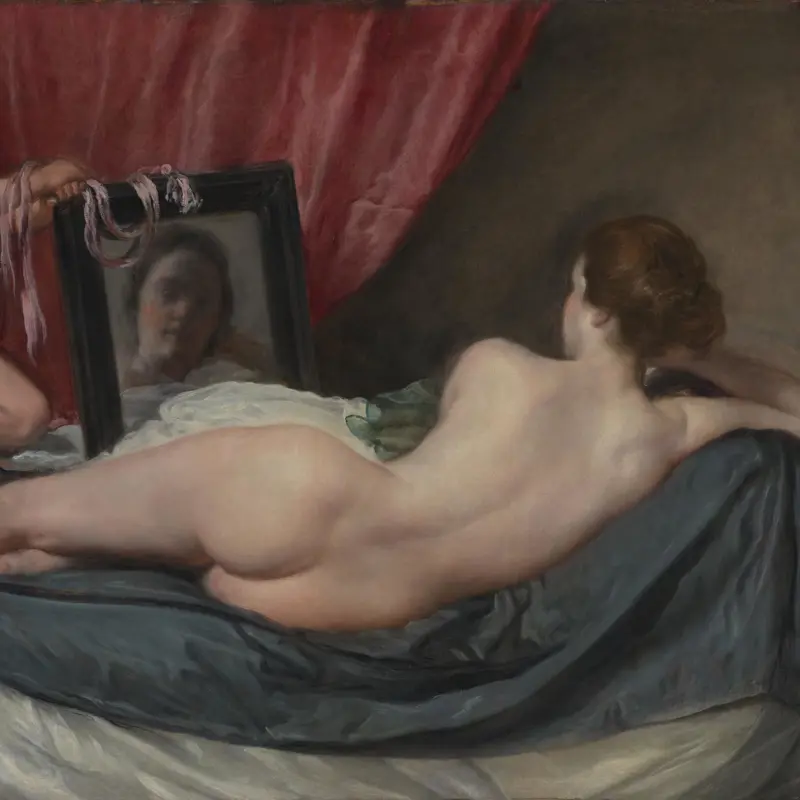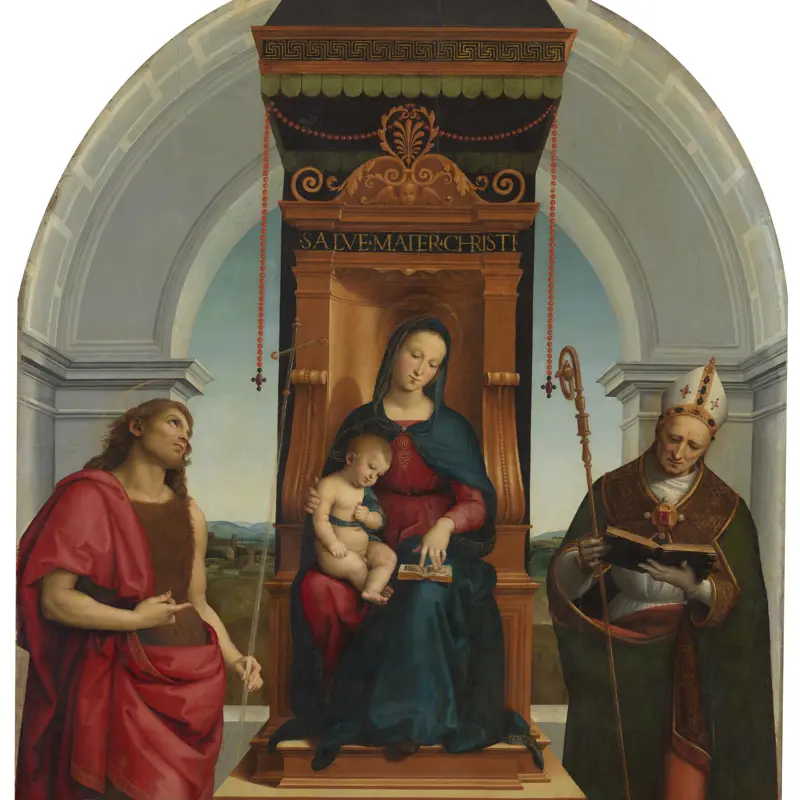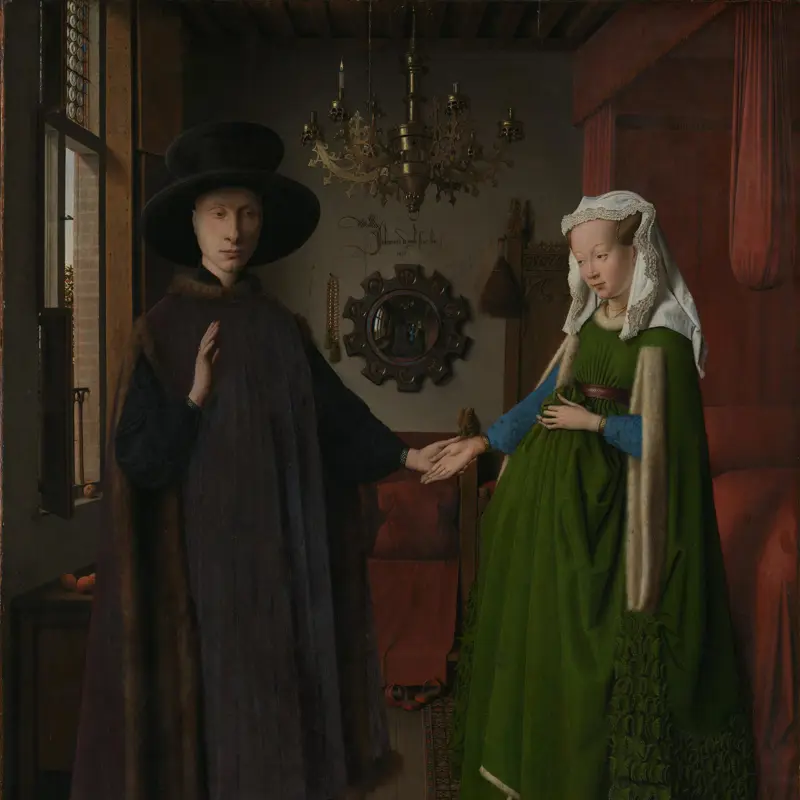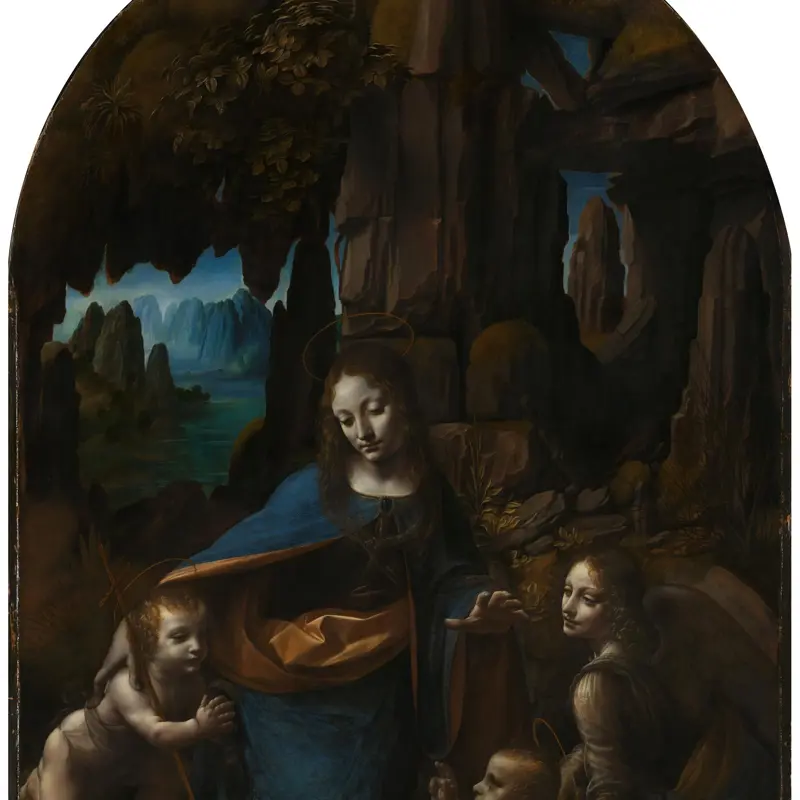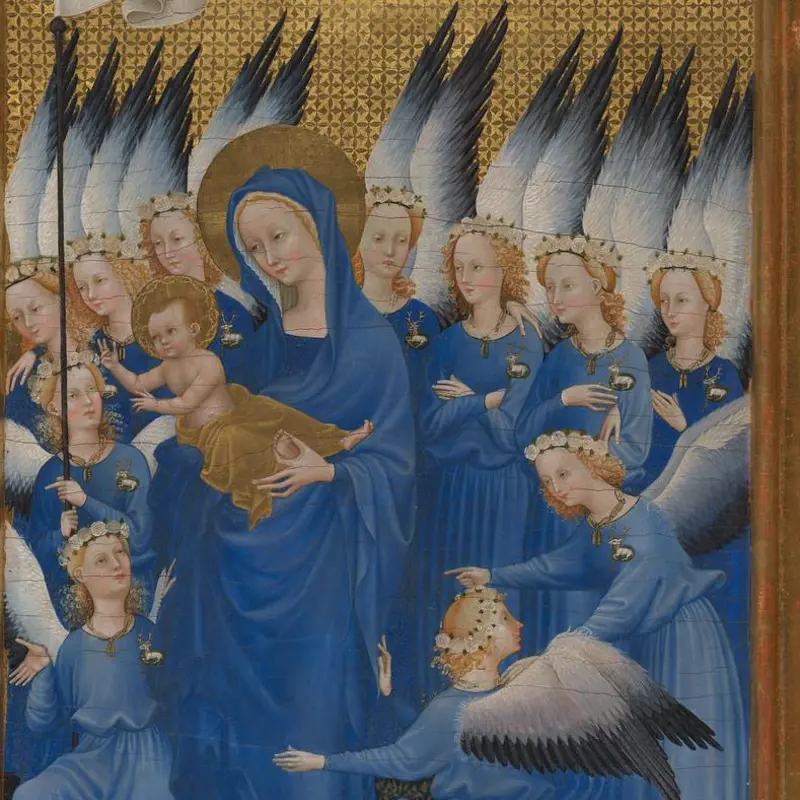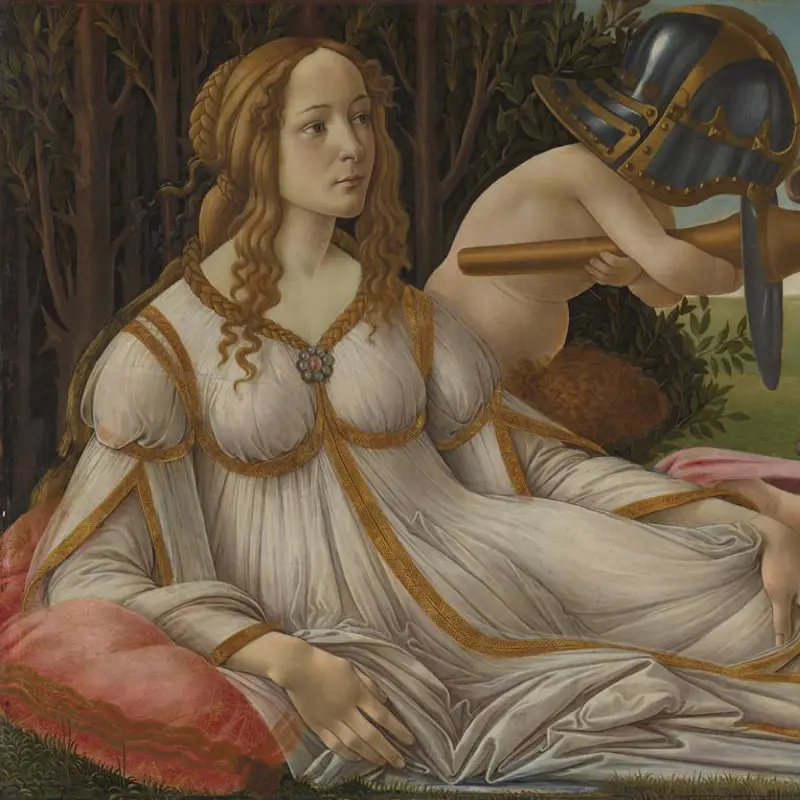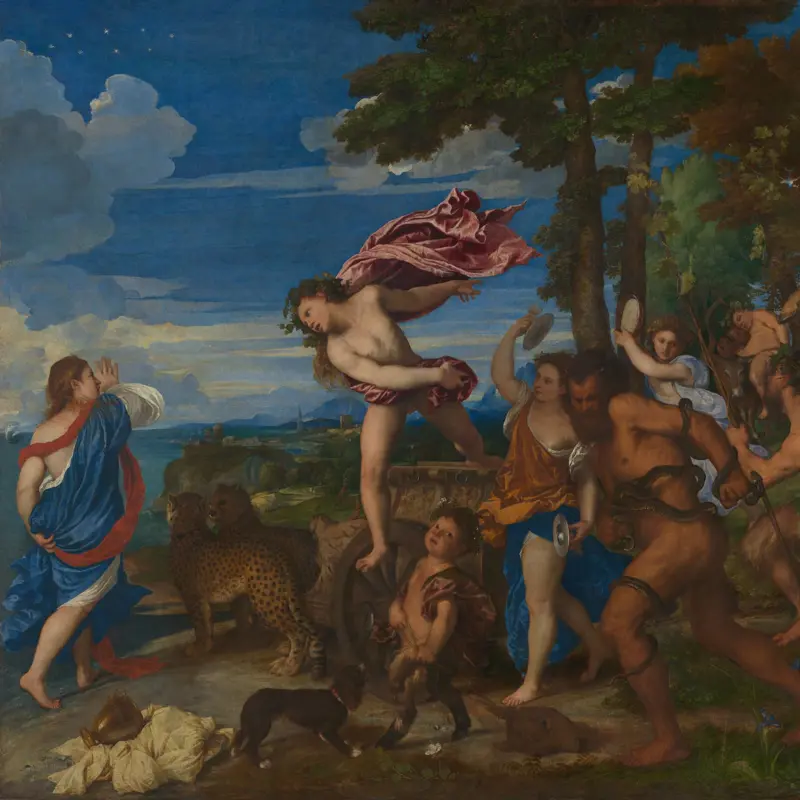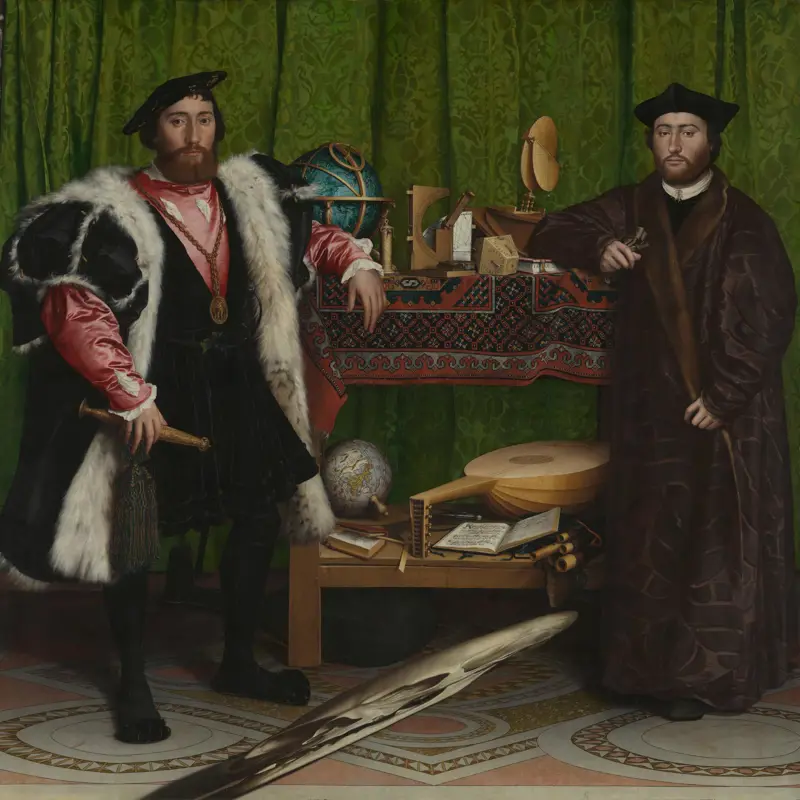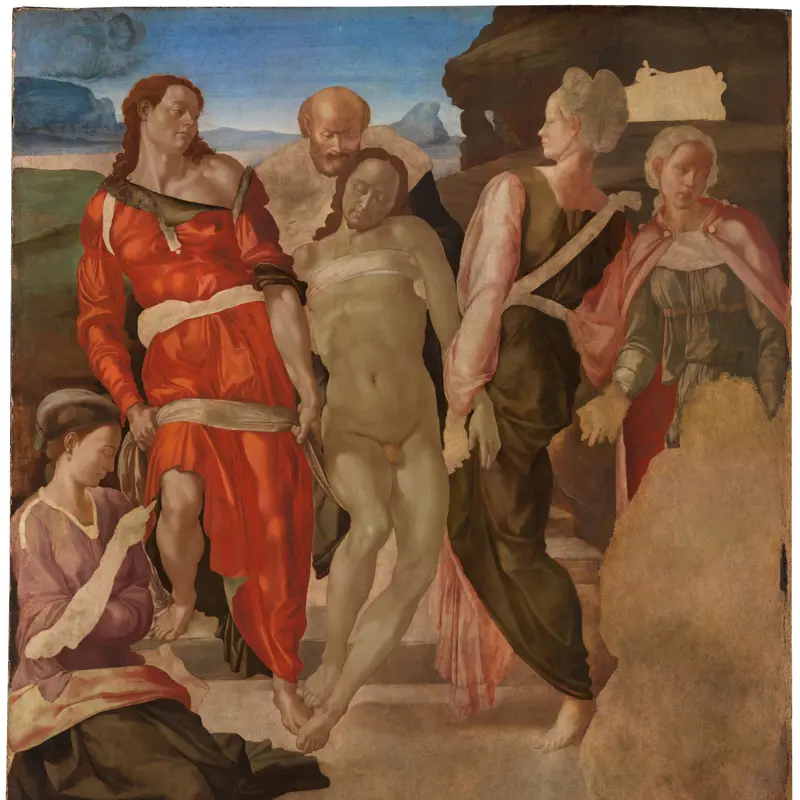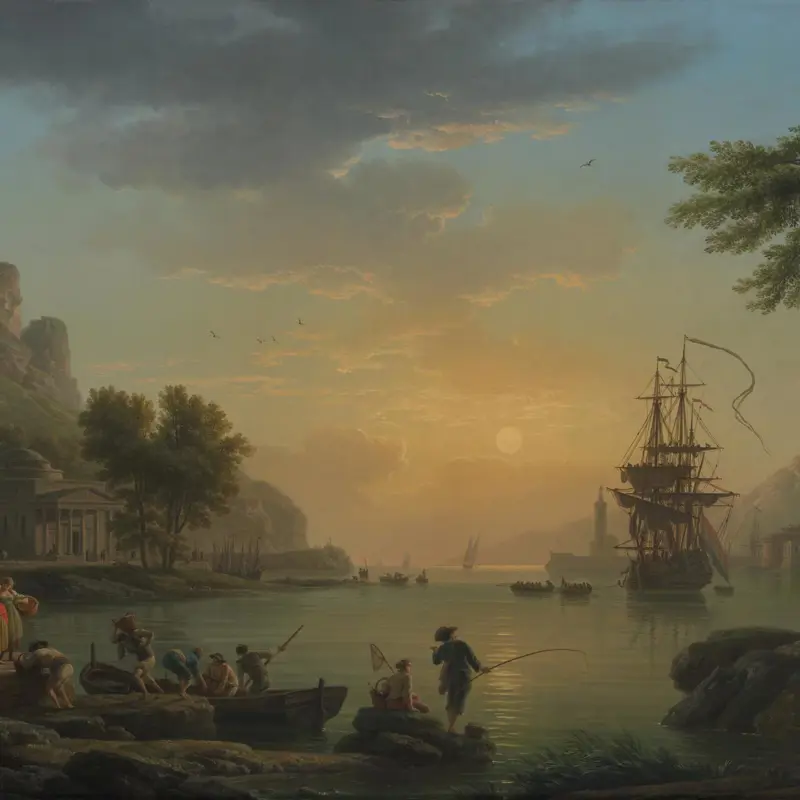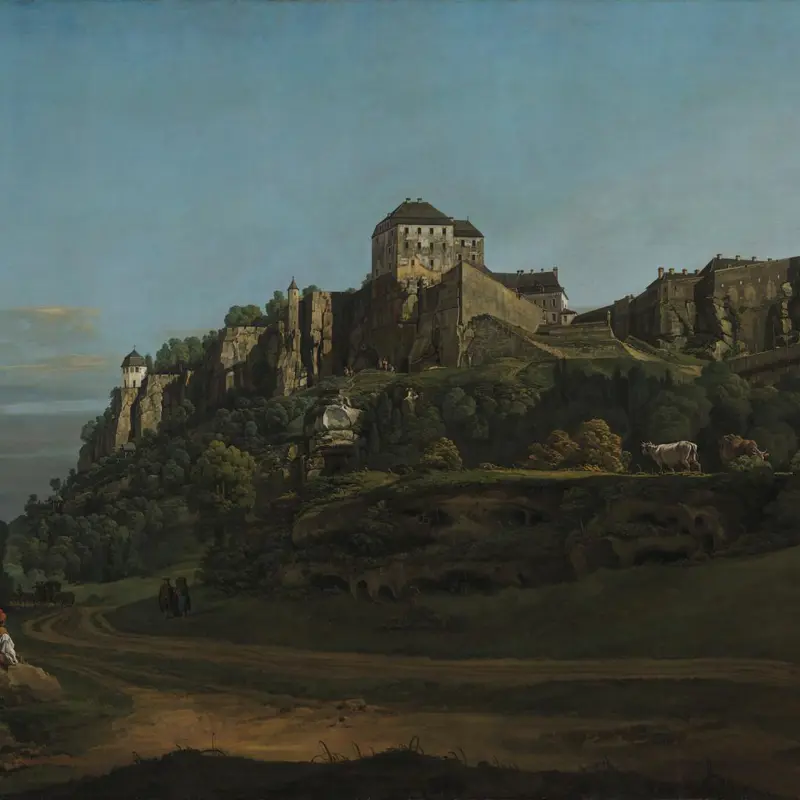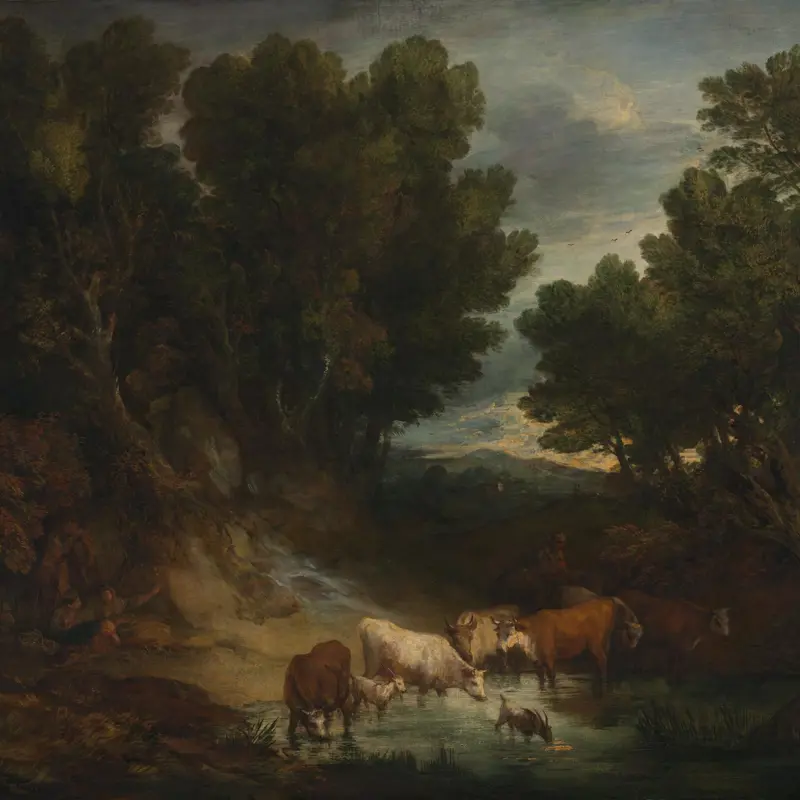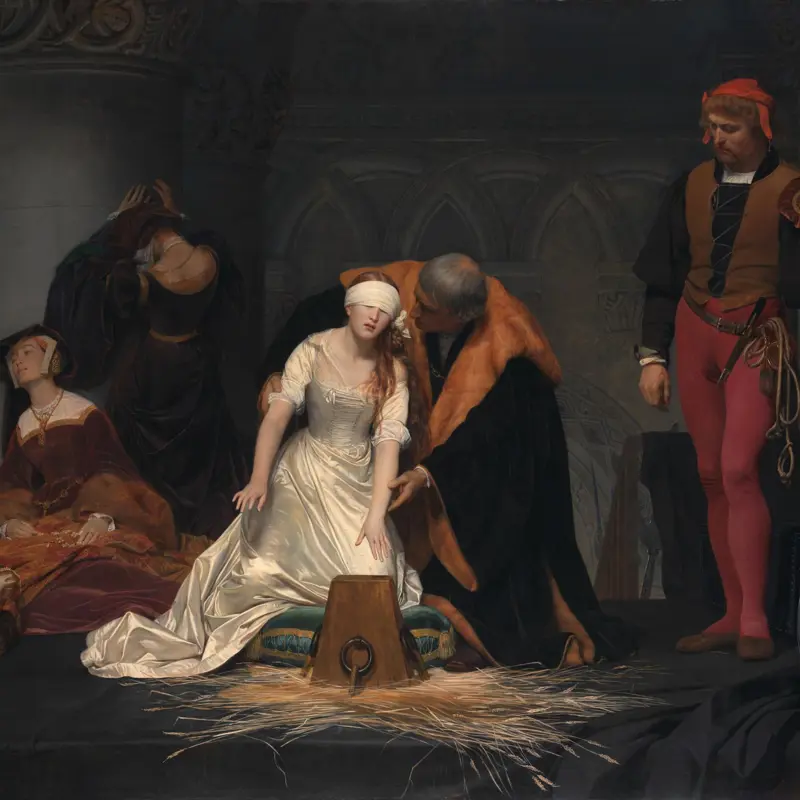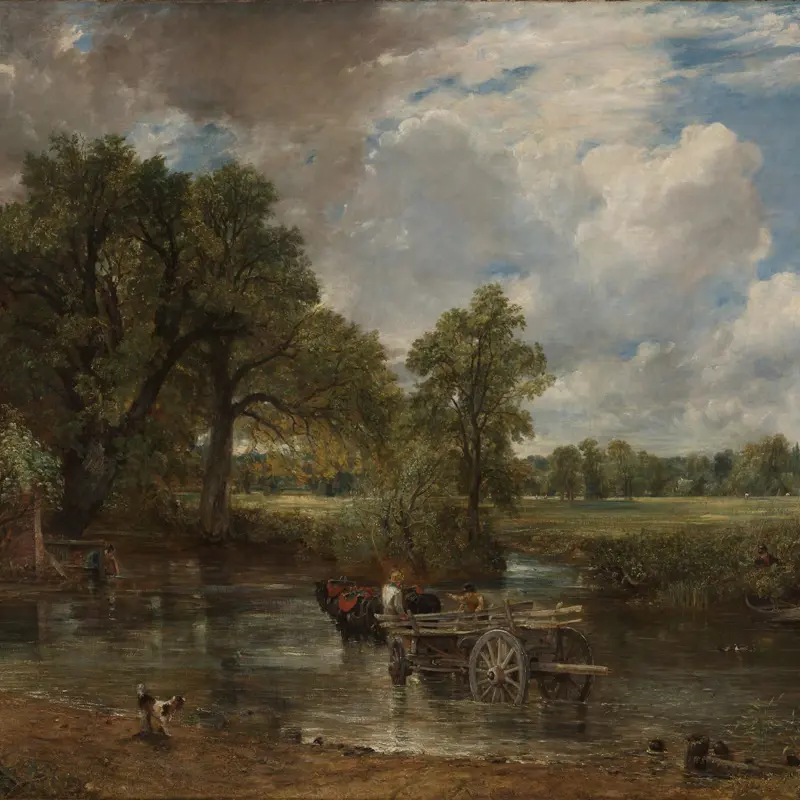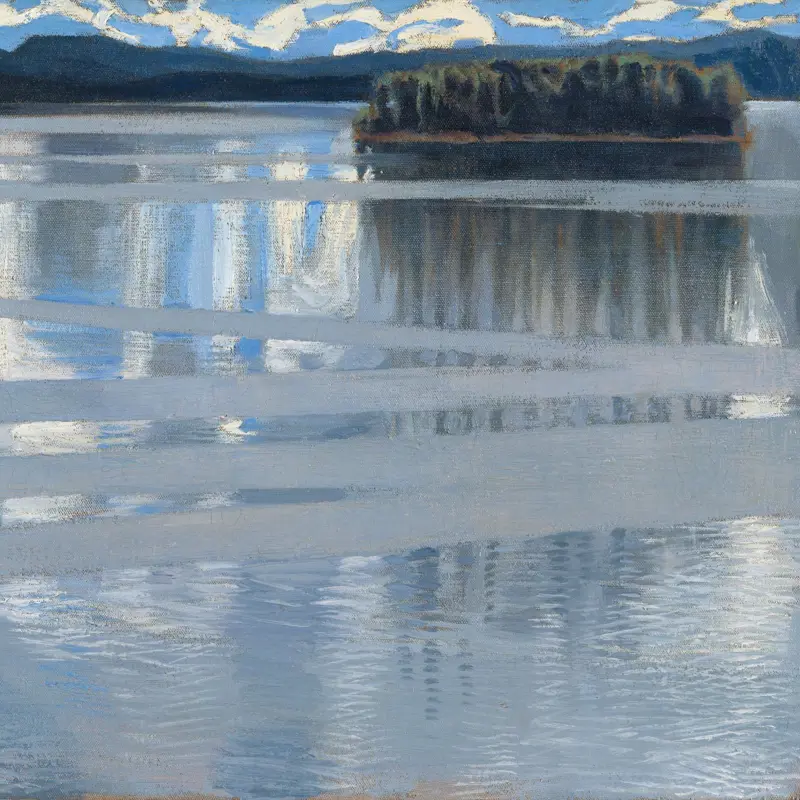Big screen playlist
Big art
An experience of our paintings as never before – magnified to super scale, with large-scale pans that reveal details of the painting surface.
Curious stories
A slow-paced tour of a painting encouraging curiosity.
Is there engineering in art, as well as art in engineering?
On display in Room 40
We look at Turner's famous depiction of a steam train in 'Rain, Steam and Speed' (1844) and stormy seas in 'Dutch Boats in a Gale' (1801). Rob Bell from the Institution of Mechanical Engineers gives us an engineer's take on these two paintings at the National Gallery.
How did Bermejo capture good and evil in this painting?
On display in Room 64
Snakes for arms; scaly, avian legs; and moth-like wings, find out why this late-Gothic demon was the stuff of nightmares in its day with Daniel Sobrino Ralston, CEEH Associate Curator for Spanish Paintings.
Behind the scenes
What happens behind the closed doors of the National Gallery.
Displaying C C Land: The Wonder of Art
To celebrate the end of our 200th birthday year, we have been working very hard behind the scenes on a major redisplay, presenting the paintings in a new way, through fresh narratives, themed rooms and unexpected pairings across time.
'The Execution of Lady Jane Grey' by Paul Delaroche
On display in Room 38
Our art handlers are shown here rehanging Paul Delaroche’s 'The Execution of Lady Jane Grey' in the Towards Modernism rooms.
'Whistlejacket' by George Stubbs
On display in Room 34
Uncovering the secrets underneath Orazio Gentileschi's 'The Finding of Moses'
On display in Room 31
Slow looking
A closer look at the skills used at the National Gallery to care for its collection.
Uncovering the secrets underneath Orazio Gentileschi's 'The Finding of Moses'
On display in Room 31
Our conservators Kristina Mandy, Silvia Tagliante and Marek Goliaš are shown here restoring Orazio Gentileschi’s 'The Finding of Moses'.
They use small brushes to apply liquid putty to areas where paint and ground layers have been lost. These filled in gaps, replicating the original texture and canvas pattern, help to preserve the painting and blend in with the original surrounding areas.
Creating a new frame for 'The San Pier Maggiore Altarpiece'
On display in Room 57

